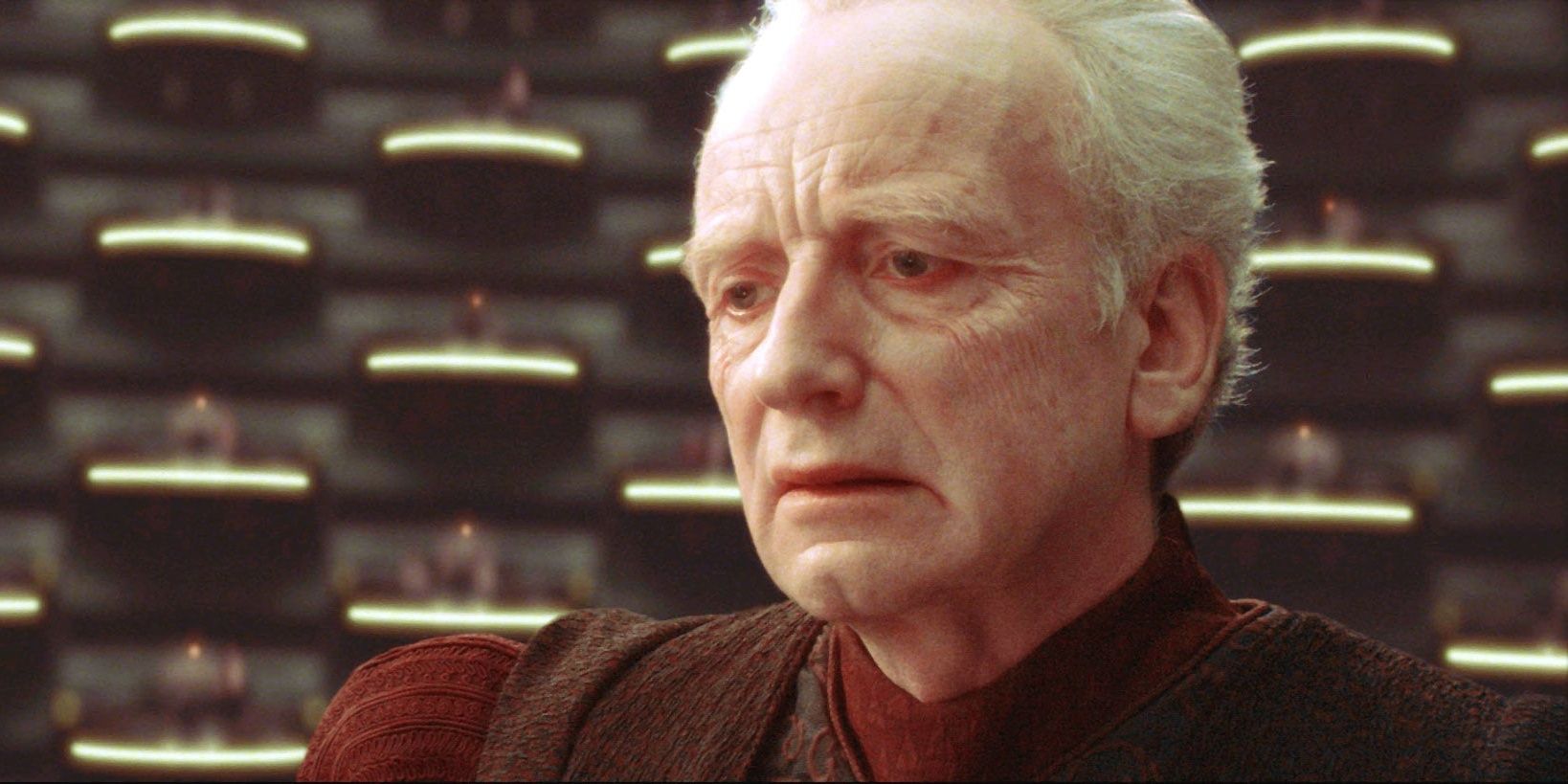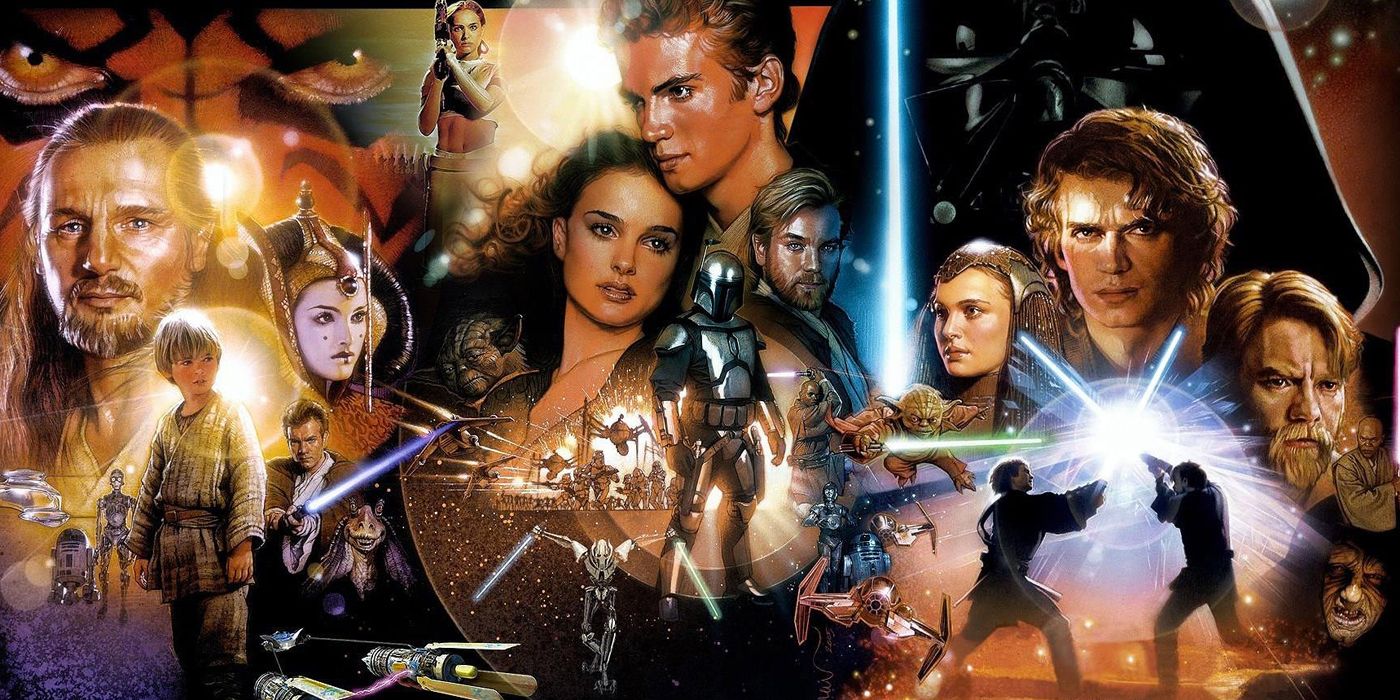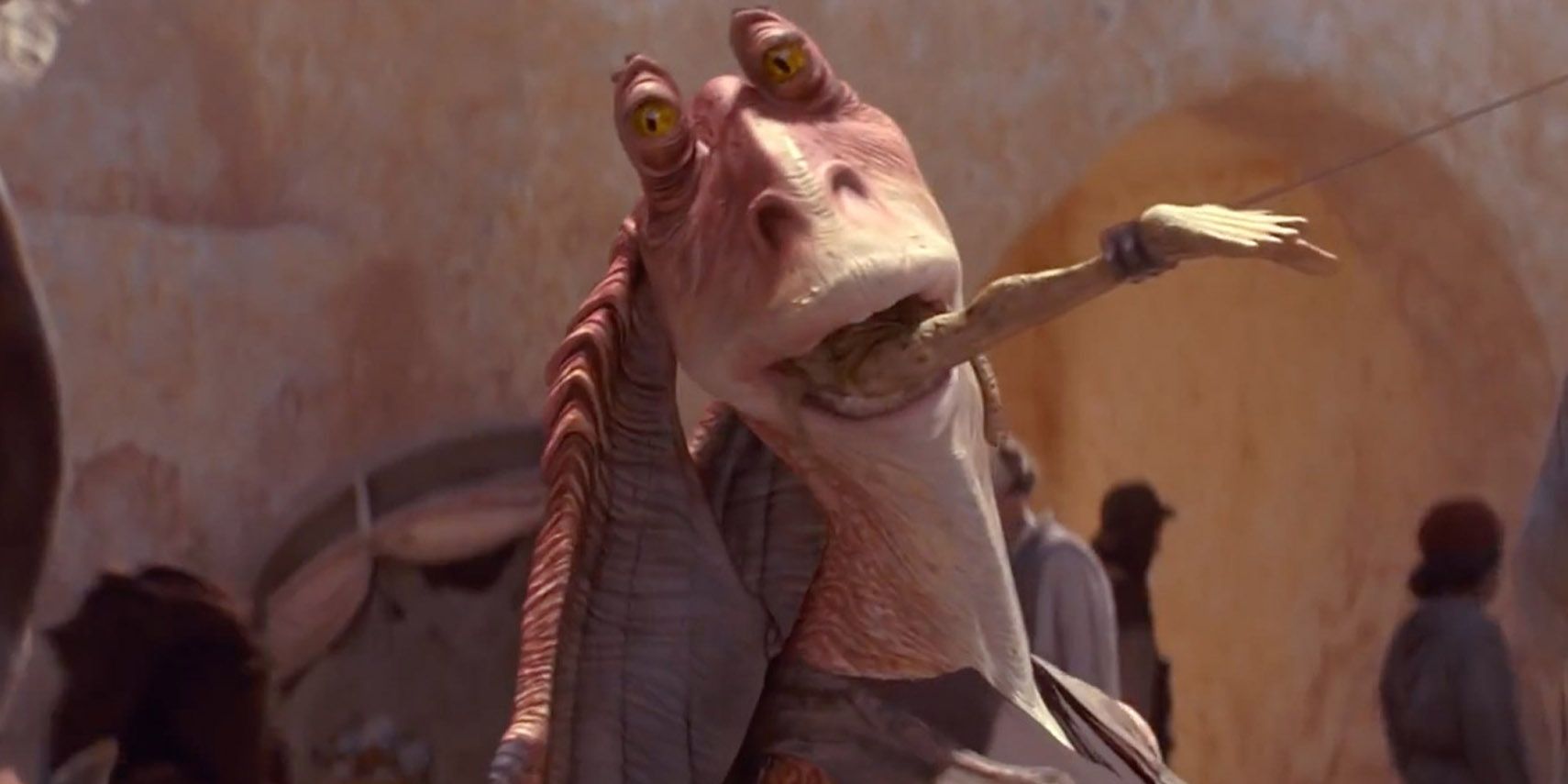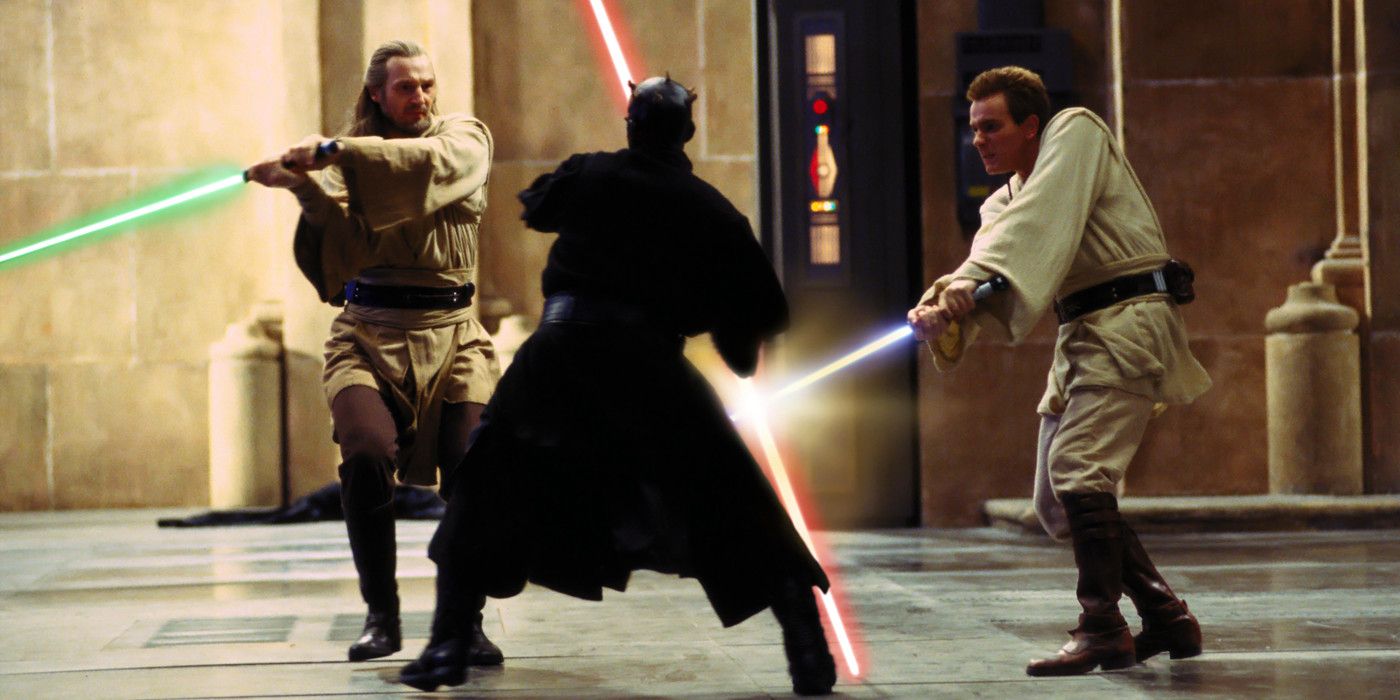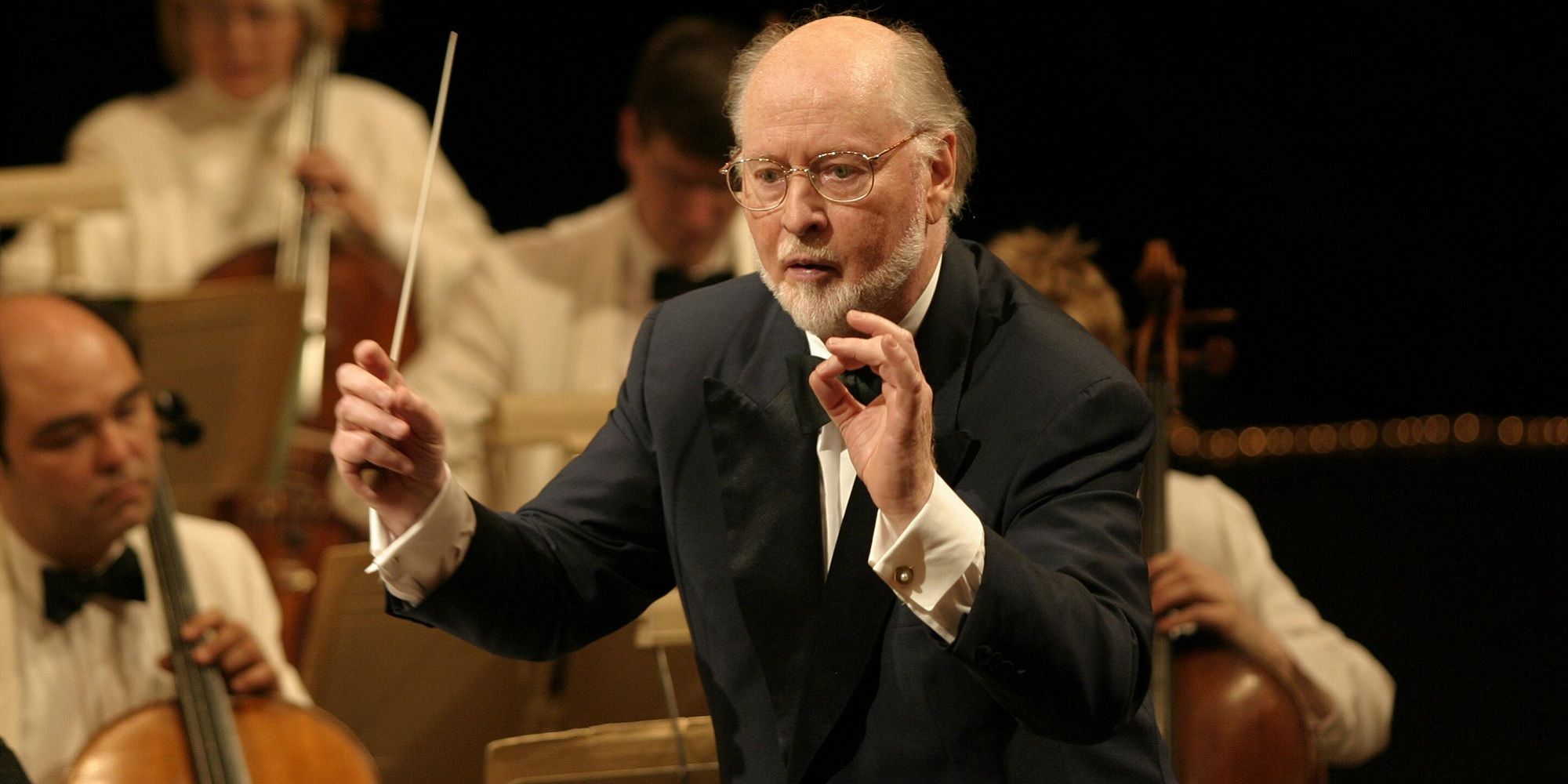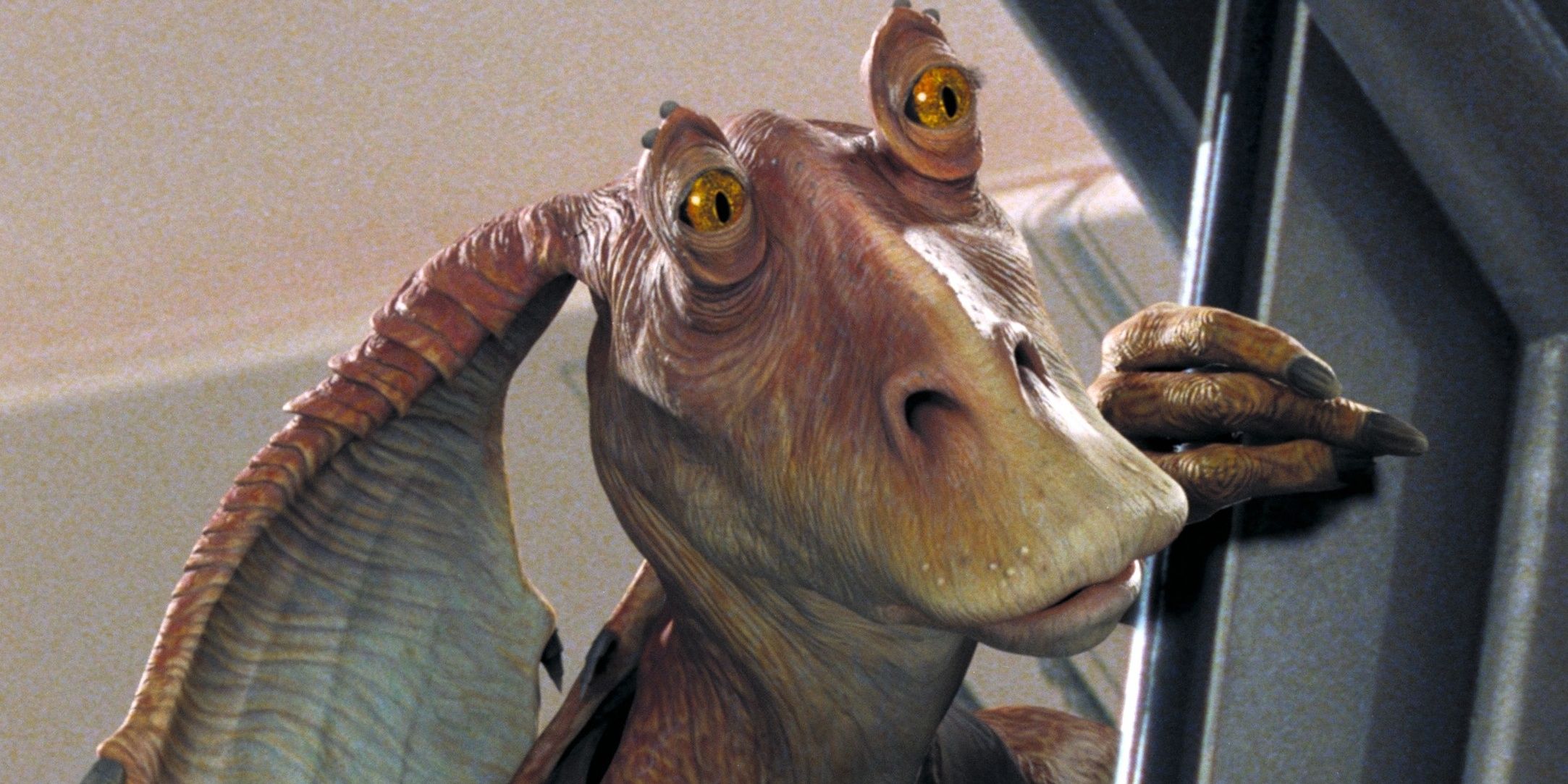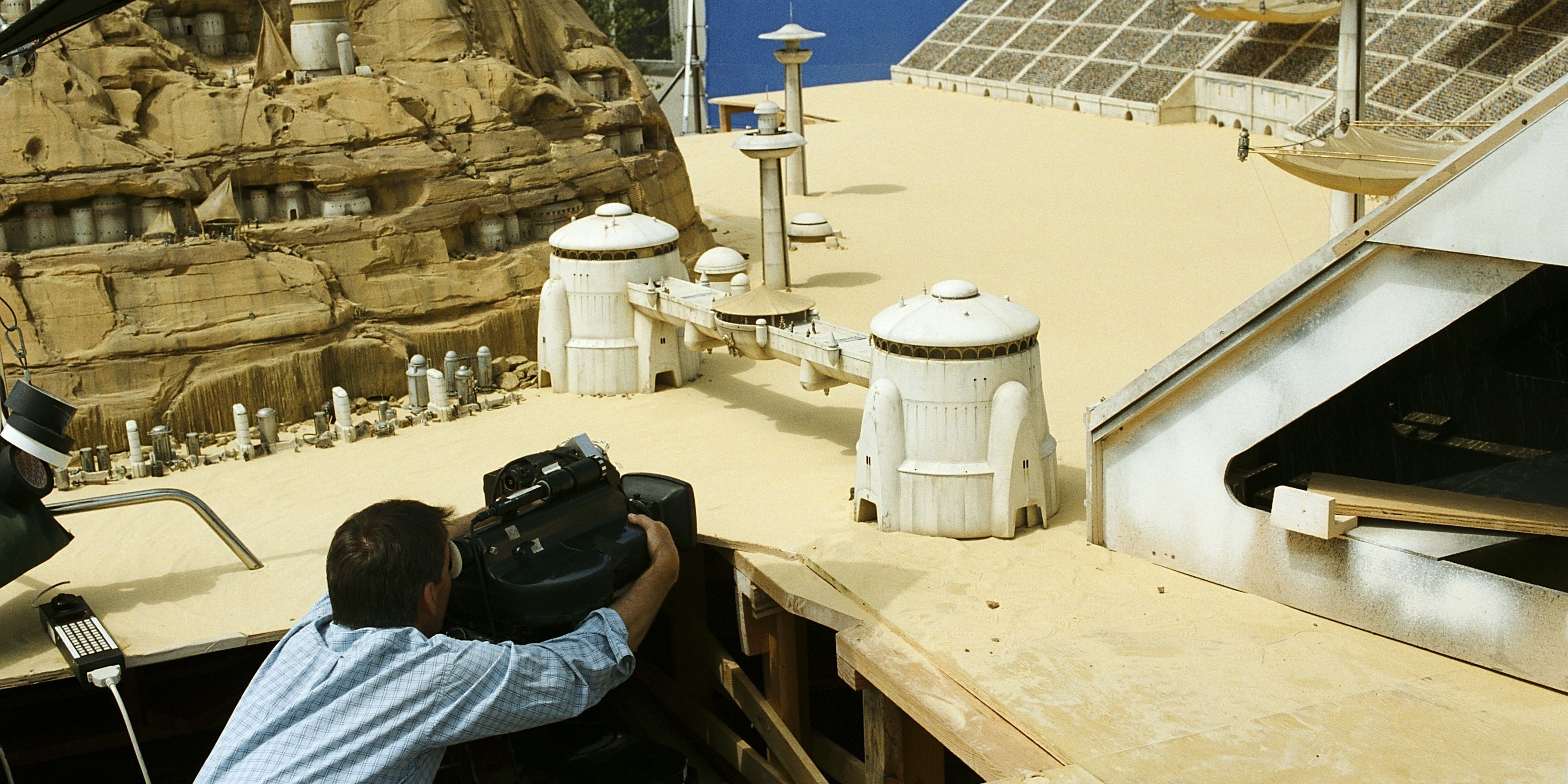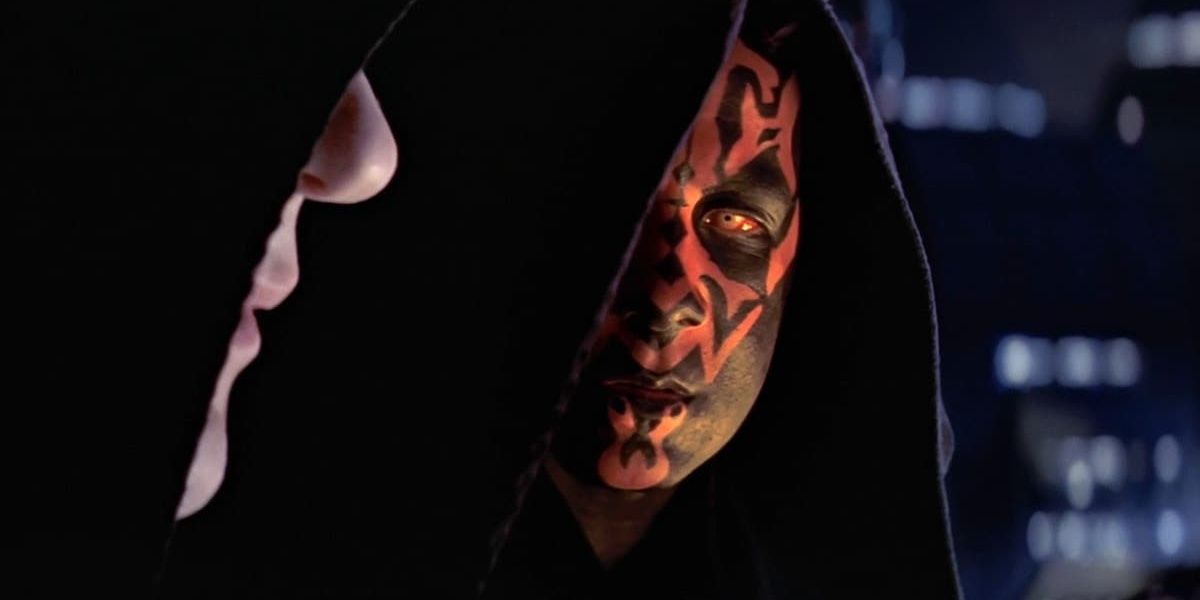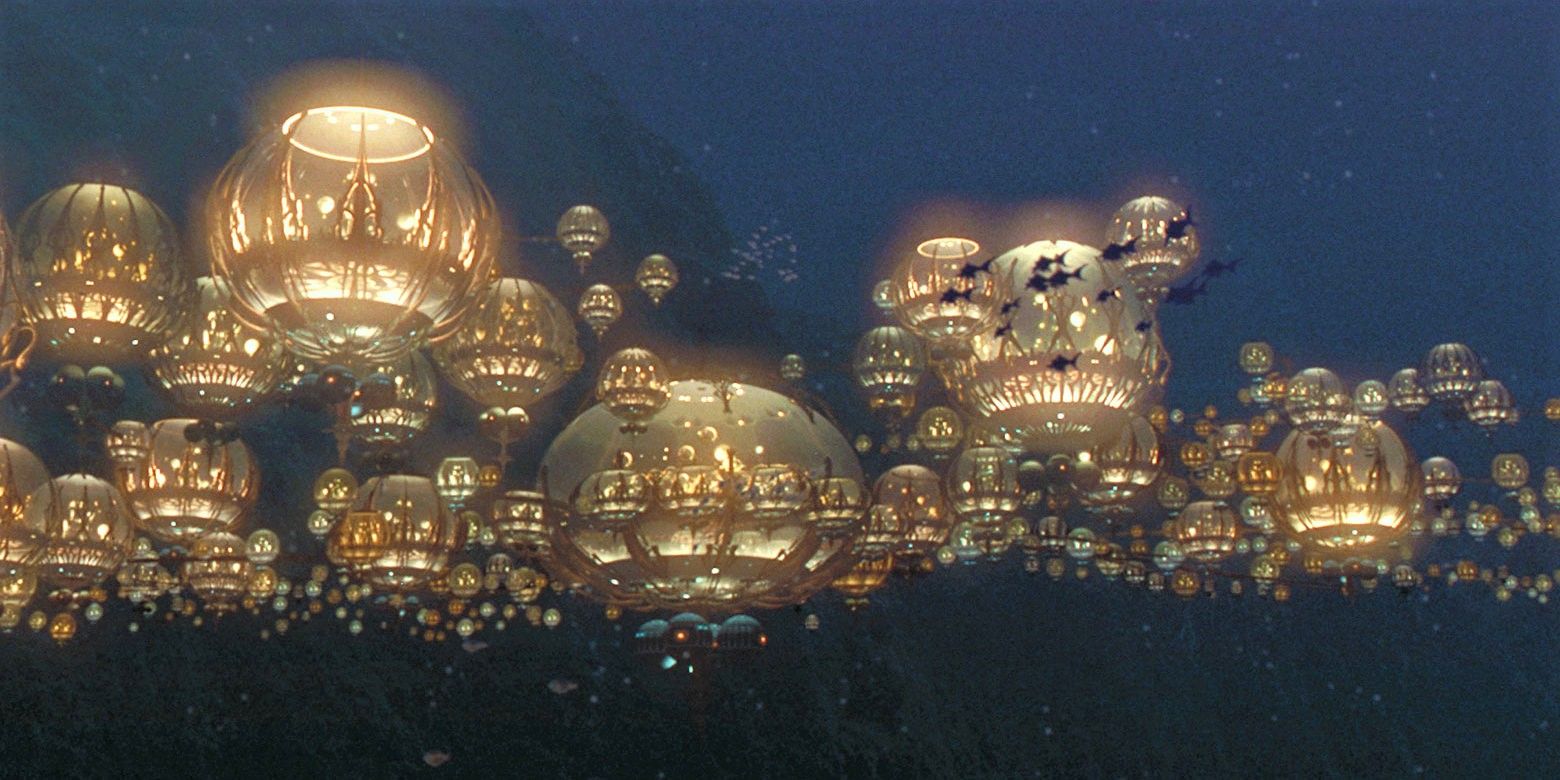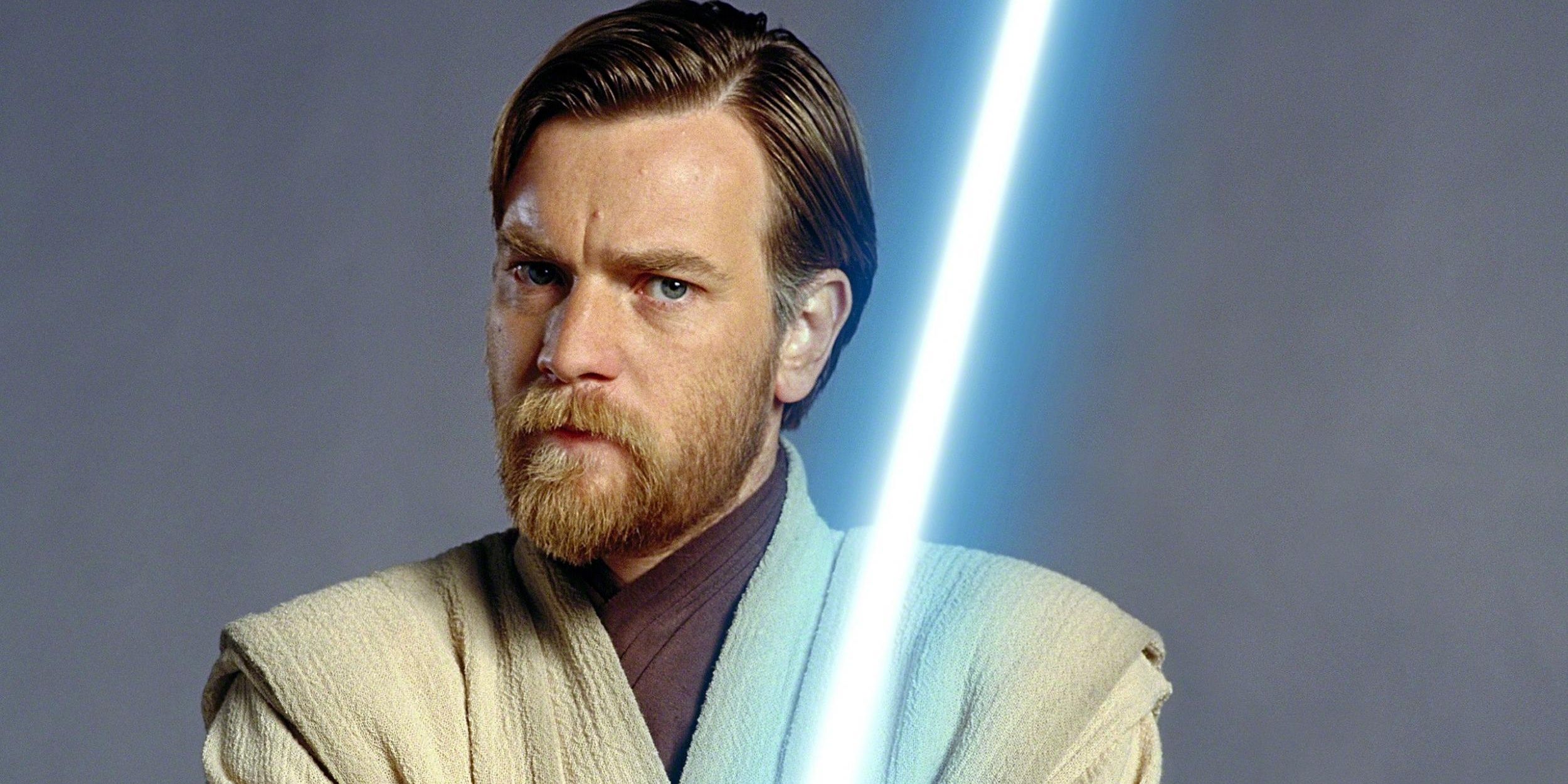While many fans continue to scream at each other over the pointlessness of Solo or how Rian Johnson ruined Star Wars, most are reminiscing of a simpler time. Remember when Jar Jar Binks, baby Boba Fett, and naked C-3PO ruined your childhood? Well, during this time of ridiculous discourse and negativity, maybe these prequels and the era that produced them don't look too bad.
Looking back, the prequels actually have a lot to offer. Sure, they're full of stilted dialogue and an oversaturation of dated CGI, but there is more to love than hate. Instead of focusing on the negativity of today, reflect on the good that came out twenty years ago.
Their Ambition
While the actual execution of the prequels was clumsier than Jar Jar himself, the broad streaks are unlike anything else in the series. Since Disney took control to revitalize the franchise, many feel that the current films feel directionless. In terms of the prequels, there is no doubt that George Lucas had some endgame in mind.
The entire philosophy of the Sith, Clone Troopers, Podracing, Kashykk, and more were all brought forth by these films. While they were drastically different from what fans expected from Star Wars, Lucas took the chance to offer something different. For the most part, many of the risky moves turned out to be big wins for the franchise. Now Darth Maul is as big a household name as Darth Vader.
Knowing (Some) Of Their Audience
Star Wars is arguably the franchise that has the biggest mass appeal. Fans of all ages have followed these films since they were children, and are sharing it with their own families. As the years go by though, there is a sense of elitist ownership and gatekeeping that needs to stop. For these toxic fans, Star Wars has to be a certain way that fits exactly what they want.
With the prequels, many fans were angered by the so-called pandering to younger audiences. Kiddie humor and Jar Jar Binks embodied these complaints. But, many need to remember that these films are always intended for young audiences. Lucas himself stated that Star Wars is really just for "12-year olds", and has continued to blast abusive and toxic fans. The prequels never sacrificed their core audience.
The Lightsaber Choreography
The original Star Wars trilogy invented lightsaber battles, and for that, they have the respect of fans. The sheer emotion of the duels in The Empire Strikes Back and The Return of The Jedi remain some of the most poignant moments of the whole saga. If there is one negative takeaway though, it's their choreography. While each film progressively improved, the prequels took their choreography to a whole new level.
The Duel of Fates is one of the most remarkable fight scenes in any film, period. By implementing stuntmen, acrobatic fighters, and trainers such as Ray Park only improved these scenes. While they had their fair share of silly moments (the rave during the Obi-Wan and Anakin duel instantly comes to mind), they were unlike anything seen in Star Wars before.
John Williams' Score
Speaking of Duel of Fates, perhaps the biggest reason to love the Prequels is the iconic work by an actual living legend: composer John Williams. Williams has worked on every film in the Skywalker Saga since A New Hope in 1977. Since then, he has also collaborated on some of the biggest films in history such as Jaws, Indiana Jones, and Harry Potter. His work on the Star Wars Prequels is just as iconic as some of his best work.
The Phantom Menace alone boasts Duel of Fates, as well as the excellent themes for the Droid Invasion and Anakin. Attack of the Clones' Across the Stars is a beautiful love theme, and Revenge of the Sith ends the trilogy with Battle of Heroes and Padme's Ruminations. John Williams not only expands the musical capabilities of the series but also the quality of the overall saga score.
Their Impact On Visual Effects
If Star Wars is remembered, for one thing, it will be its impact on visual effects. The first film revolutionized the capabilities of blockbuster filmmaking in a way never seen before. Since then, the series has been at the forefront of filmmaking technology.
The prequels, which have often been maligned by fans for their overuse of CGI, should actually be praised for their work. While they often did far too much far too soon, without them film would not be where it was today in terms of computer imaging software. Essentially, without Jar Jar and Ahmed Best, Andy Serkis might have been out of a job.
The Practical Effects
While the CGI of the prequels was revolutionary, many still felt it was overused. Fans longed for the days of the original trilogy, where the galaxy felt dirty and grimy. This aesthetic complaint was wrongly attributed to dependence on CGI and an absence of practical effects. While CGI was a bit more noticeable, there was way more practical effects work used in the prequels than one might expect.
So many of the locations and buildings were created using miniature model making, just like the original trilogy. Similar model tracks for ship flights and explosions were used as well, not to mention the number of prosthetics and alien puppets. While a few backgrounds were noticeably CGI, many of the most iconic structures were handmade with the same care and attention as the original trilogy (if not more so).
The Sith
The original trilogy was stronger in its storytelling because it didn't concern itself with overarching mythology. While the establishment of this history was essential, it never overcame the central journey of the protagonists. This is a major issue with the storytelling of the prequels. The films are far more concerned with expanding the history, mythology, and events of this world than spending time on character journeys.
That being said, the mythology that was created for these films is fascinating and expands the understanding of certain relationships in the originals. The Sith especially, with the establishment of The Rule of Two and the rise of Palpatine, had an exceptional new history. Understanding the ins and outs of the master and apprentice dynamic added a whole new lens to view the climactic duel at the end of Return of the Jedi.
Owning Their Thematic Politics
While characterization faltered, the prequels followed directly in the footsteps of the original trilogy's politics. As much as many fans would like to argue, both trilogies were deeply critical of imperialism and directly mirrored the current political state of the US at the time of release. As Lucas has stated many times, the original trilogy is directly tied to the era of the Vietnam War, and the prequels are no different.
With the insidious rise of a fascist regime, manipulating wars for their own personal gain, the prequels were critiquing the era of the Bush administration and the Iraq war. While much of the execution of characterization and dialogue hurt the overall message, the intent was clear and impactful.
Planet Design
The original trilogy was defined by three specific location types. Either most of the action was seen on the ground by the scum of the universe (Mos Eisley Cantina for example), uncharted wilderness (Hoth and Endor), or Imperial bases and ships. The films were escapist in this way, but the designs and imagination behind the worlds were limited in this way. The prequels, on the other hand, offered a much wider look at what kinds of worlds could be explored in Star Wars.
Obviously, the urban landscape of Courscant comes to mind, with its high spires and massive temple. But the elegant Naboo or isolated world of Kamino are unlike anything else in Star Wars. There was such a diverse set of world designs that weren't limited to a specific type of climate. This influenced directly into the sequels with Canto Bite and Crait's excellent design work.
Ewan McGregor's Performance
The prequels had a protagonist problem, there's no doubt about that. Not only did one of its central characters not deliver (looking at you Skywalker), but the actual focus of each story struggled in identifying a central journey. That being said, the prequels still had many other incredible performances.
Ian McDiarmid and Christopher Lee were outstanding obviously. The single best performance though, and probably the best thing to come out of the prequels in general, was Ewan Mcgregor as Obi-Wan Kenobi. McGregor embodied the signature wiseness of the character while instilling it with his youth and energy. His take on the Jedi Master rivals that of Alec Guinness even. It's no wonder fans are clamoring for a solo film featuring the actor.

